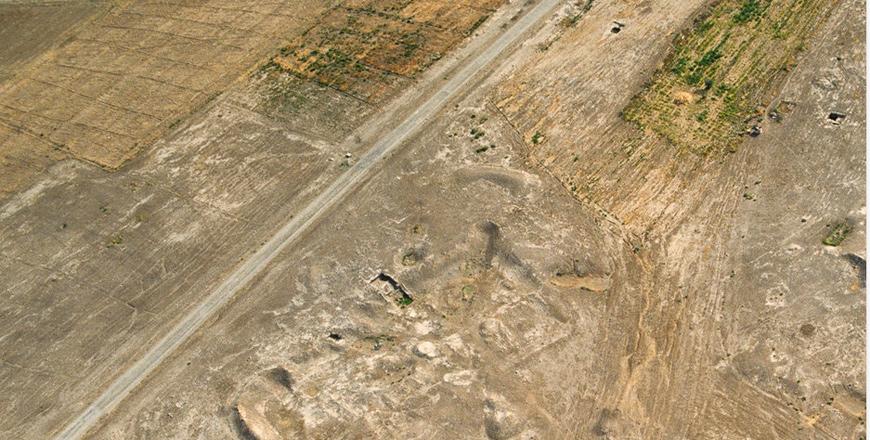- Local News
- Mon-2020-10-12 | 02:45 pm

Nayrouz News Agency :
Contacts between ancient Egypt and the southern Levant go back to 5th millennium BC, according to a Polish archaeologist.
Sporadic ties were based on exchange of goods between nomadic tribes during annual migrations, said Marcin Czarnowicz from University of Krakow in a recent e-mail interview with The Jordan Times.
Objects imported from Egypt reached most important sites in the Chalcolithic East Bank, such as Teleilat Ghassul (five-six kilometres of the Dead Sea), he said but also areas in the north of Jordan.
"At the dawn of Early Bronze Age contacts seems to become less random,” Czarnowicz continued, noting that this was most likely related to the establishment of a large copper processing centre in the Gulf of Aqaba.
According to some scholars, inhabitants of Tell Hujayrat Al Ghuzlan, four kilometres noth of Aqaba, and Tell Al Magass, on the north periphery of Aqaba, produced copper ingots and set up the connection with Nile Delta region as their products were found at the site of Ma’adi, located on the southern outskirts of modern Cairo, he said.
"In my opinion, the sites located at the south-eastern Mediterranean shore played an important role of the middlemen in this exchange system,” Czarnowicz noted.
At the site of Tell Erani, 68 kilometres west of Jerusalem, fragments of pottery and stone vessels suggested that the Chalcolithic village has been hidden on the site, though in fourth millennium BC the site flourished and became a significant centre in the Levant
"Society living there was known for the distinctive way of pottery decoration and according to recent studies the enclave was set during the rule of first Egyptian kings in last centuries of the fourth millennium BC,” the archaeologist claimed, adding that the southern part of the site was occupied by the Egyptian trade post.
Furthermore, the settlement consisted of at least one large building with a courtyard used for storage and food preparation and "its role was to exchange the commodities with local population and receive the caravans heading from their hinterland.”
"We are sure that one of the most important exchanges good was copper,” he said.
For a period of few generations the local community lived peacefully with Egyptian newcomers within one city forming "one of the first known multicultural societies in history”, the scholar said.
The Polich team discovered copper implements, mostly needles, Czarnowicz continued, adding that needles may be a commodity or a belonging of a particular person.
"Previously we thought that such needles were used for fishing nets repairing but analogies to similar examples from Mesopotamia suggest that they were rather used as a decorative cloth fastener. The loop was used to attach a string with semi- precious stone beads and seals,” the scholar highlighted.
A very nicely done bracelet with knobs was also found, he added.
Based on signs of wear and types of the objects found during the excavations, the researchers reconstructed their use, he said.
"The vast majority of the objects were tools, surely used by the local craftsman in their everyday work,” he said.
The lack of weapons in the repertoire of copper items at Tell Erani suggests both societies — local population and Egyptian newcomers — lived in peaceful coexistence, Czarnowicz said.








